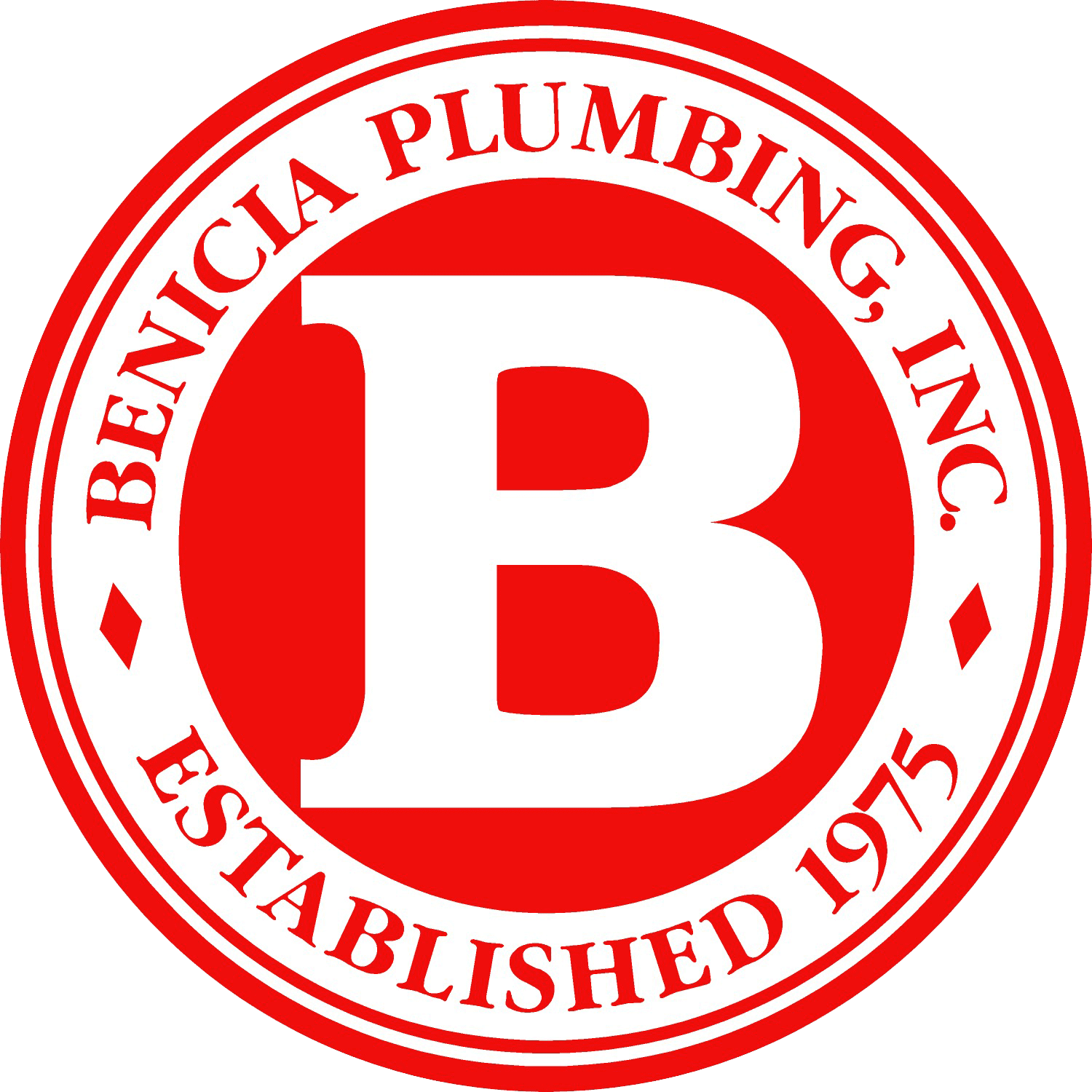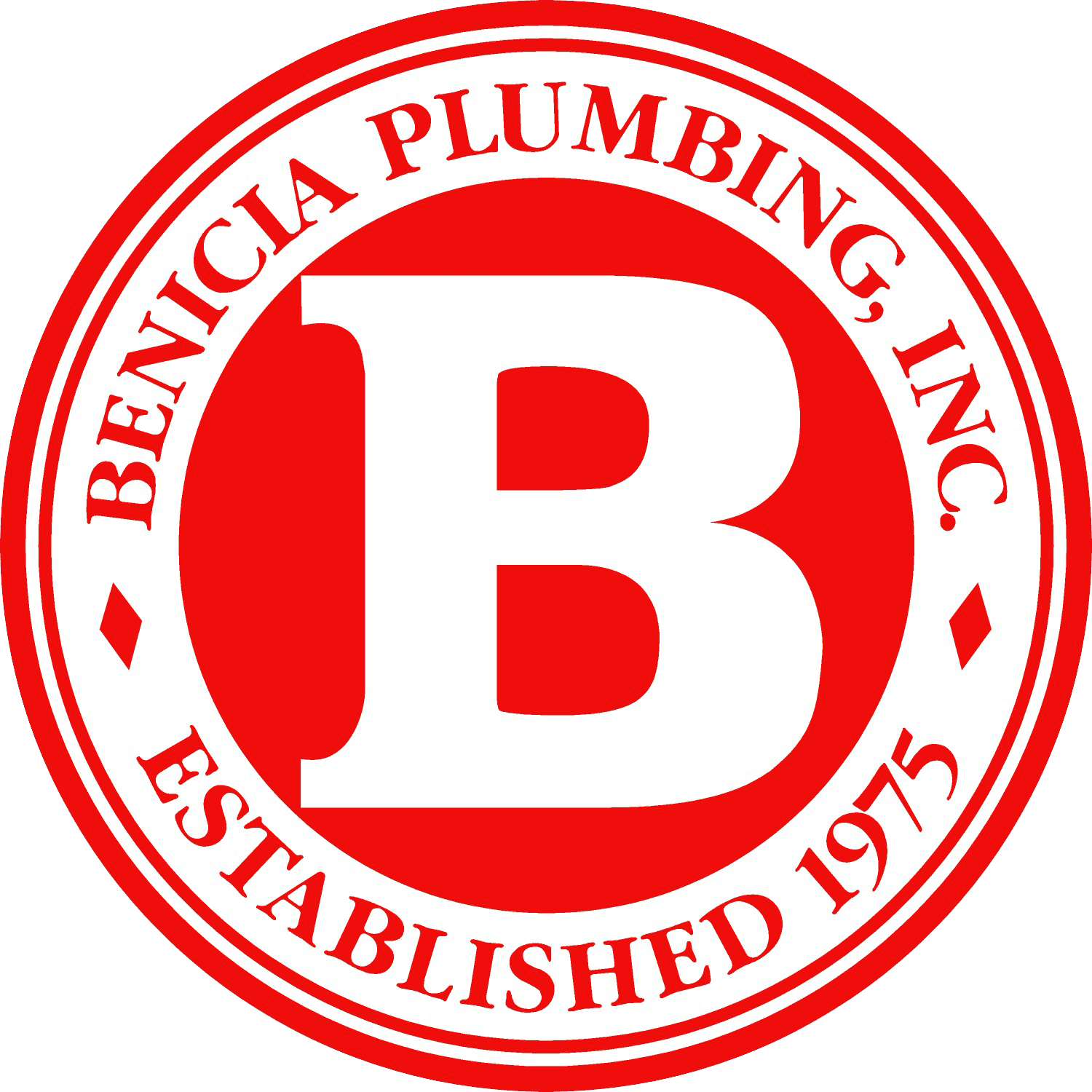As a homeowner, you never want to be surprised by signs of a sewage backup. Not only does this mess cause problems with your home, but it causes problems with your and your family’s health as well. It’s not an easy fix or an easy clean up when trying to handle the situation on your own.
At Benicia Plumbing we encounter this dilemma time and time again, so the best advice is always to consult with us for any sewage or other related issues.
If you’ve recently had a sewage backup in your home or are looking for ways to prevent a sewage backup from happening and aren’t sure what to do, then continue reading. We’ve put together a guide on everything you need to know about how to prevent, clean, and handle a sewage backup in your home.
What to Do Immediately Following a Sewage Backup
There are important measures that should be taken in order to prevent the problem from spreading. The first couple of things that you should do immediately after realizing your home has had a sewage backup are as follows:
- Be sure to remove any children, pets, and seniors from the home. Do not allow them back into the area until the damage is completely fixed and safe.
- Keep yourself safe by putting on any protective clothing such as rubber boots, rubber gloves, eye protection, a face mask, and more.
- If the distribution panel is above water, switch off the electricity by using a dry wooden stick and rubber gloves.
- Turn off the water in your home, and do not use any water for bathing, drinking, washing hands or dishes, and others. This water may be contaminated.
- You may need to contact your utility companies and have them shut off the supply to your home if you cannot safely turn them off yourself.
- Open your home’s doors and windows to allow proper air ventilation. You won’t want to use your home’s AC as this will spread contaminated air throughout your home.
- Remove any items from the area that are dry and not contaminated.
- You can add small amounts of chlorine bleach into the standing water to slightly disinfect.
- Contact your insurance company and notify them of the backup. You’ll want to take pictures of any damage that the sewage backup caused. This will come in handy as proof when filing your claim.
- Never attempt to unclog the drains. You will need to clean up the sewage spill before taking any further action.
Things to Remember
There are key things to remember when handling a sewage spill in your home. Remembering these key tips will help keep your home and family safe, prevent further damage, and ensure that your insurance company has all the documents that they need.
Along with providing your pictures, the insurance company will also want you to provide receipts of any work that had to be done due to the backup, of any materials bought to aid in the cleanup and fixing your home, and of any replaced items that were damaged.
Keep the infected area shut off from the rest of the home as best as you can. This includes shutting all doors that attach to the infected area. By keeping the doors shut, there is a less likely chance of contaminated air spreading into the other rooms.
Do not use harsh chemicals in your pipes to try to fix the problem. This can cause great damage to your pipes and instead, you’ll want to hire a professional plumber. Professional plumbers know how to properly clean out the pipes.
How to Start Cleaning and Sanitizing
Before beginning to clean up the area without a professional, be sure to wear all of the proper protective gear. You’ll also want to consider the risks of beginning the cleanup on your own. It’s always best to call in the professionals to ensure that the job is done correctly.
Here are some ways you can begin cleaning up the mess:
- Use natural draining or a pump to remove any of the backed-up water and sewage. You’ll need to contact the authorities to ask where to properly drain the sewage into.
- Remove and clean any dirt, or debris from the surfaces that the sewage came into contact with.
- Properly wash any walls, floors, and other surfaces that the sewage water may have touched. Use a low-suds detergent and clean hot water.
- Rinse these surfaces with warm water after cleaning.
- Sanitize all surfaces with a sanitizing solution. And be sure not to contaminate other rooms by walking into them with dirty shoes.
- Open any windows and doors leading outside to air out the room.
How to Prevent a Sewage Backup
If you’ve experienced a sewage backup in your home, then you understand the importance of taking all appropriate measures to prevent it from happening again. If you’ve never experienced a sewage backup in your home, trust us when we say that you’ll be happy you took the time to read through the steps on preventing it.
Here are some steps you can take to prevent a sewage backup:
- Have a regular inspection done on all pipes and valves in your home and on your property. Make sure they’re in good condition and receive any needed repairs.
- Don’t place large amounts of chemical products down into the sewage system.
- Don’t flush anything other than toilet paper down the toilets.
- Don’t allow grease to go down the kitchen drain as it may harden in the pipes.
- Avoid planting trees near the pipes as their roots may cause the pipes to break.
About Benicia Plumbing
At Benicia Plumbing, we follow our stringent Code of Conduct which states that we will always be friendly and professional, and that every customer will be greeted by the friendly voice of a knowledgeable, experienced and highly-skilled Benicia Plumbing professional. We also pledge to be punctual and courteous, where each client will be served promptly with a polite demeanor and respect. In addition, your Benicia Plumbing technician will always arrive at your location equipped and prepared to resolve your problem seamlessly and by devising the ideal solution for you and your budget.




